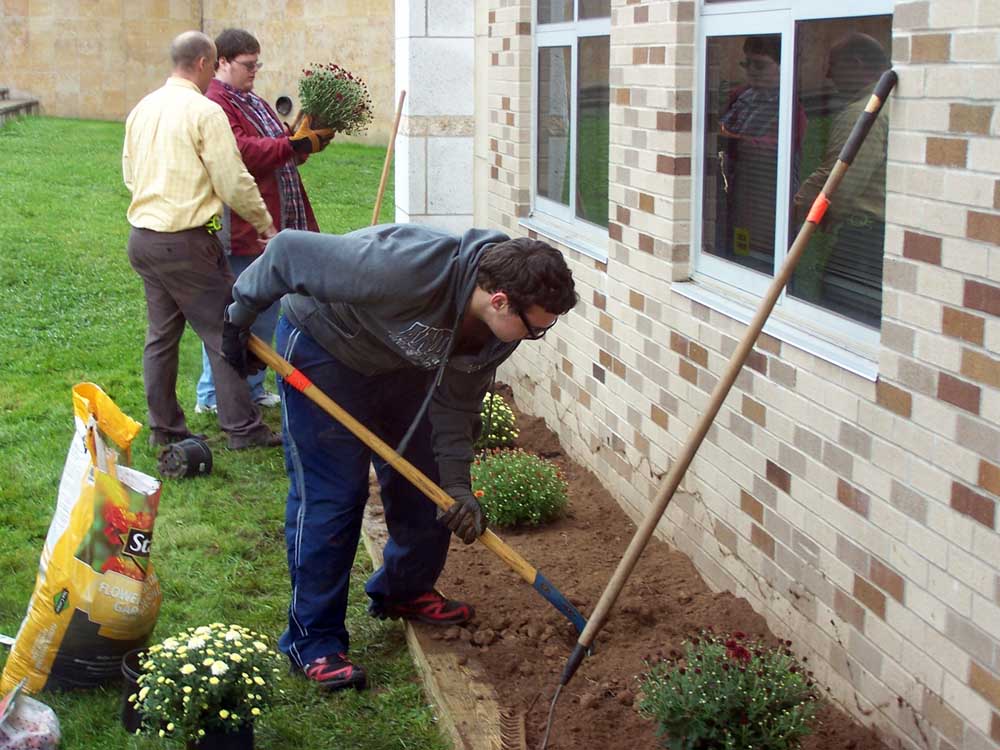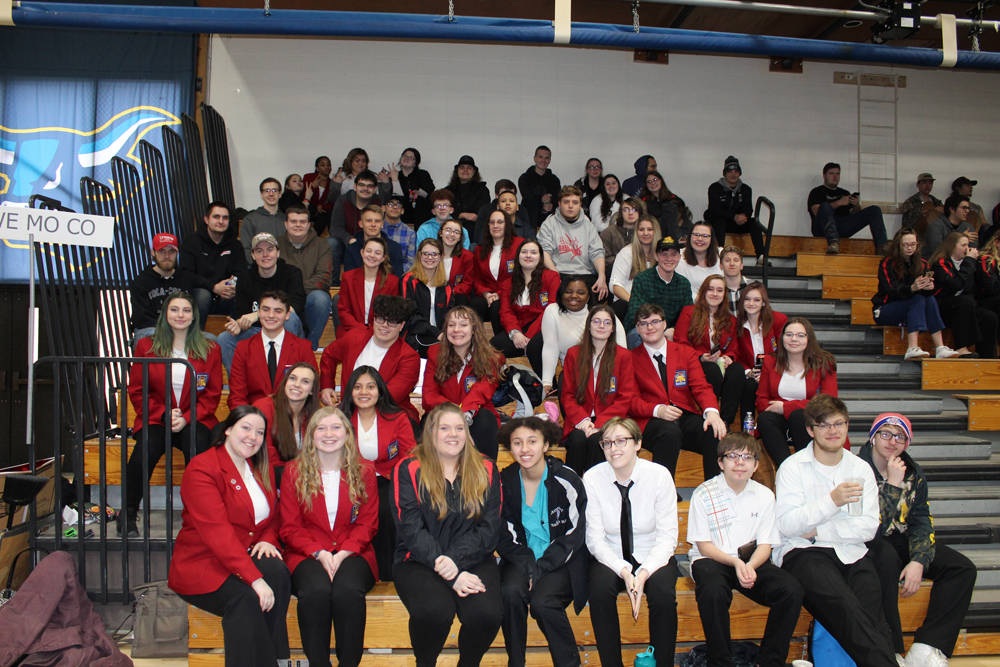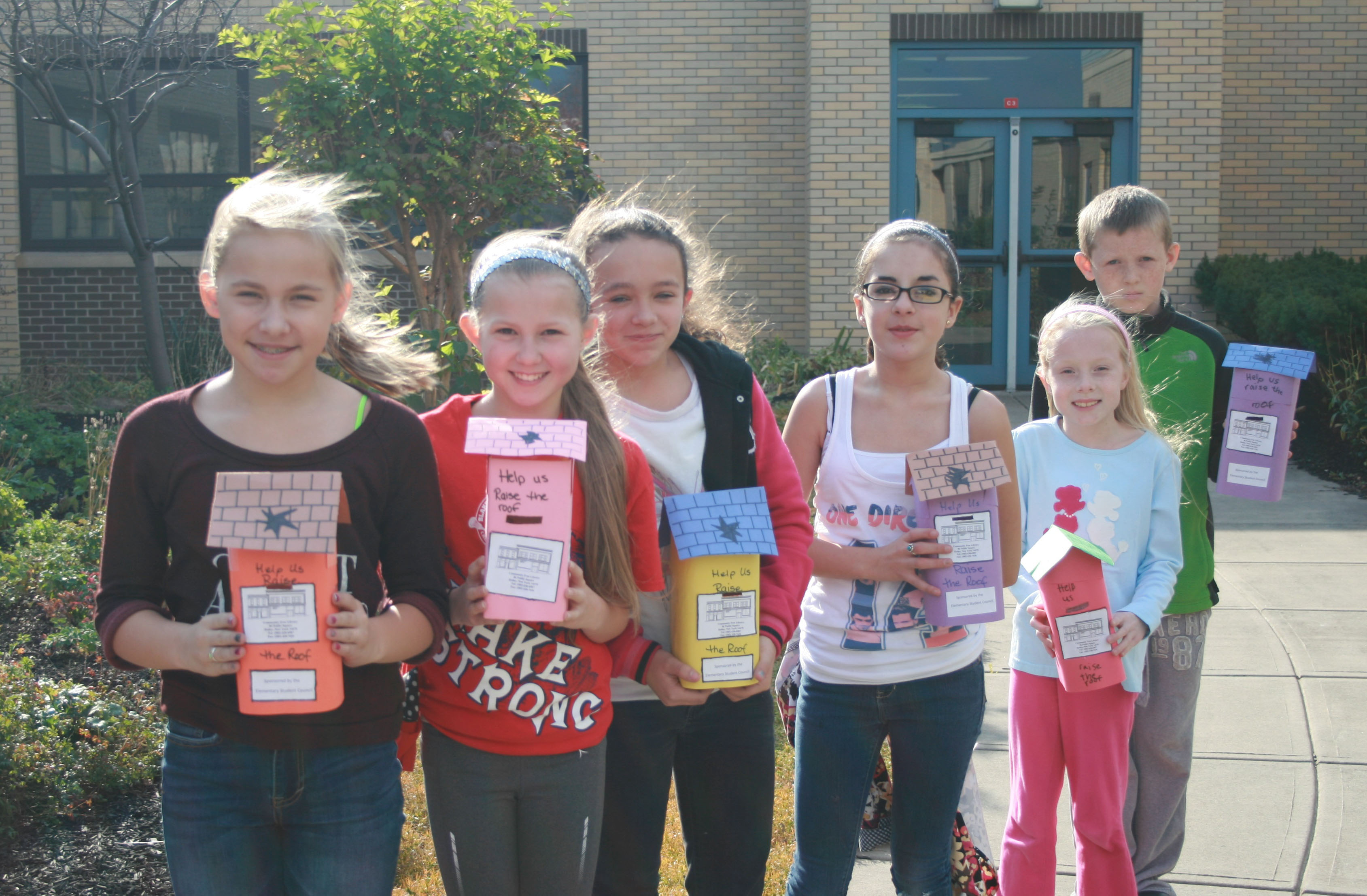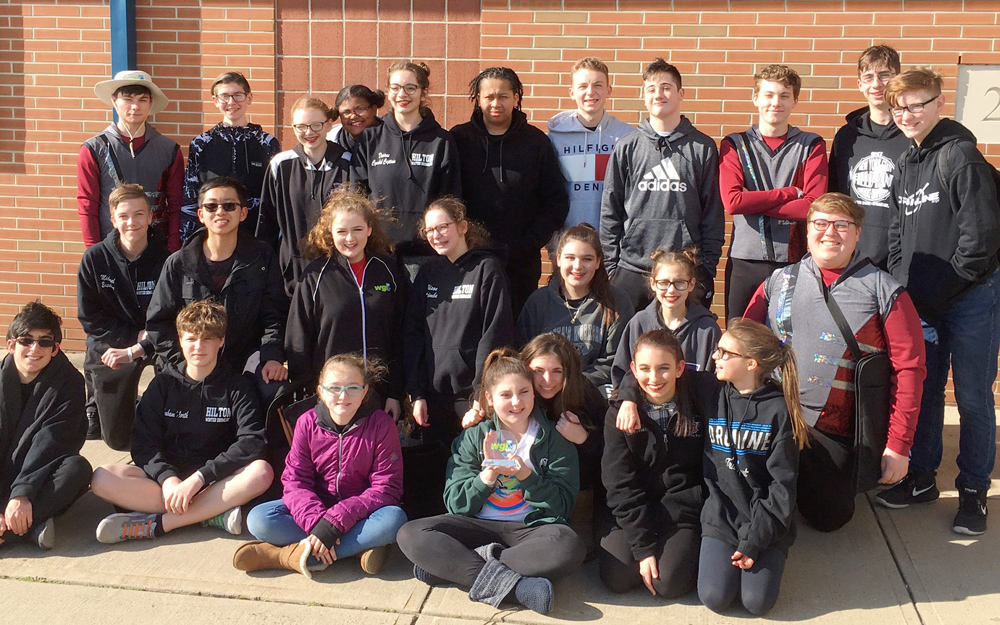Education beyond the final frontier
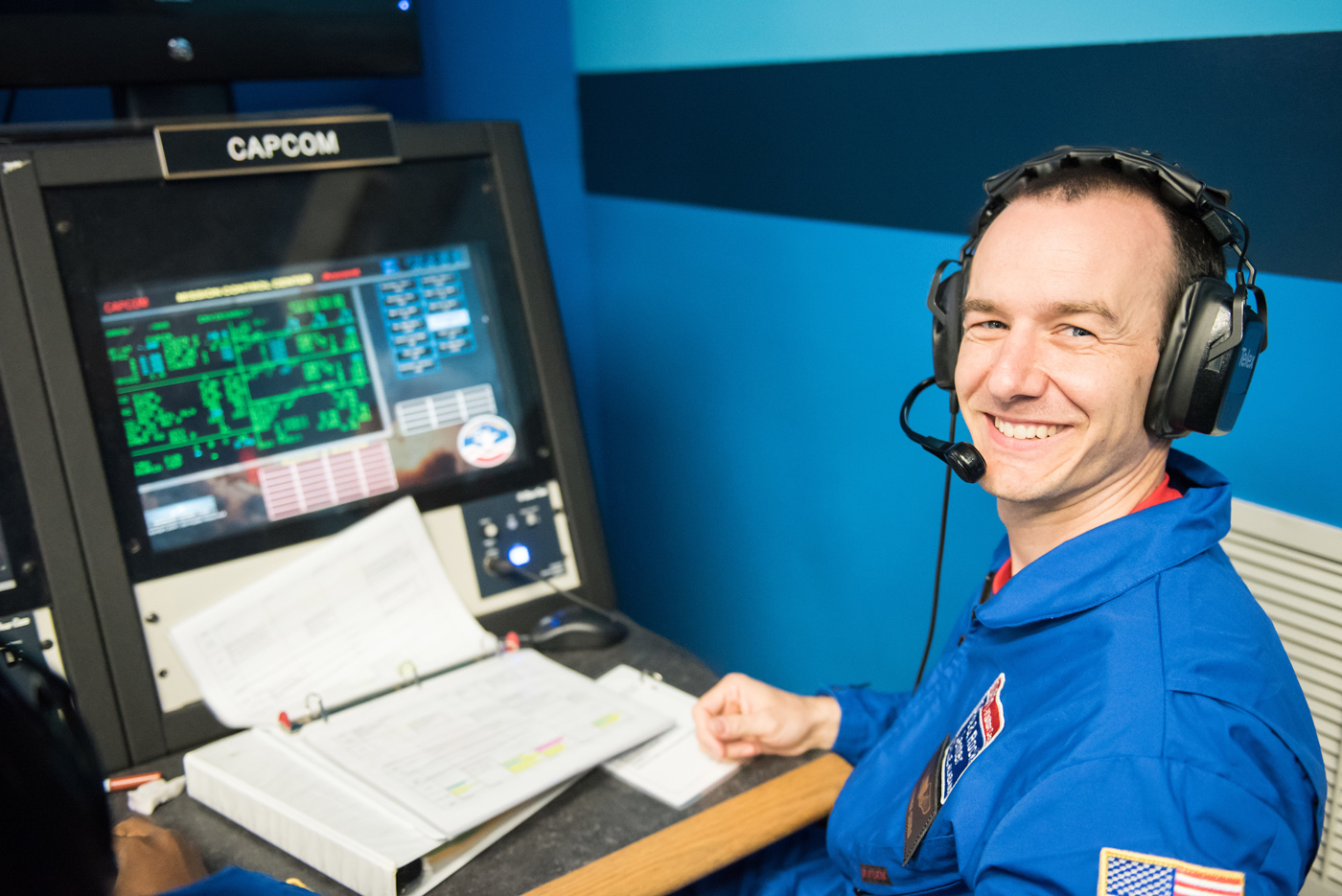
Hilton teacher’s dreams come true as he spends five days at Space Camp
Students in Stephen Cudzilo’s eighth grade earth science class at Merton Williams Middle School in Hilton are in for a treat when school is back in session. Their teacher spent five days at the Honeywell Educators at Space Academy in Huntsville, Alabama and is excited to share what he learned and experienced.
Fairport teacher Andrea Costanza encouraged Cudzilo to apply for the camp, so he did in October of last year. In January, he received word that he was accepted and left for camp right after summer vacation began.
Only 10 when the movie “Space Camp” came out, Cudzilo began realizing his childhood dream when he arrived at the U.S. Space & Rocket Center. Among educators from 33 countries, Cudzilo was one of 200 accepted into the program from the 1,000 who applied. “The experience didn’t hit me until I was standing with people from around the world. It really made me feel good.”
The Honeywell Educators at Space Academy is a professional development program that is designed to help middle school math and science teachers from around the world become more effective educators in science, technology, engineering and math. Educators are empowered with supplemental teaching techniques through simulated astronaut training and innovative educational tools that help bring science to life in the classroom.
During this five-day program, educators participate in 45 hours of intensive classroom, laboratory and training time, focusing on space science and exploration.
On day one, Cudzilo viewed the world’s only full-scale Space Transportation System display (space shuttle). “You have to see it to believe it,” said Cudzilo. “It’s immense.”
On day two, the space explorers heard Homer H. Hickam, Jr. talk about his book Rocket Boys, a story about growing up in a mining town, and a boy’s pursuit of amateur rocketry, that inspired the movie “October Sky.”
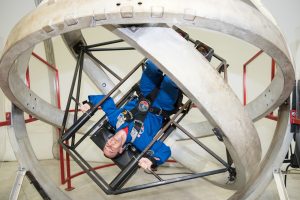
The group also heard Michael Foreman, a retired U.S. Navy pilot and a NASA astronaut, recount a story about Alan Shepard. “On the day before the launch of Apollo 14, an engineer asked Shepard if he knew how the rocket worked,” said Cudzilo. “He responded by asking the engineer if he knew how the rocket worked. The engineer said that he knew how his piece worked. Everyone knows their piece and coordination, expertise and trust is what makes it all work together.”
On the third day, Cudzilo witnessed the immensity of the Saturn V rocket. “They have two – one is upright and the other is sideways,” he said. “They built the building around the one that is sideways.” The Saturn V rocket is 111 meters (363 feet) tall, about the height of a 36-story-tall building, and 18 meters (60 feet) taller than the Statue of Liberty. “I can’t even fathom three people strapping themselves to it,” he added.
Day three also included a simulated mission to Mars during which Cudzilo was a mission specialist. While wearing a space suit, he had to install solar panels in simulated weightlessness. “It was interesting to see how hard it was to work. While movement was effortless, I was wearing a big, bulky suit,” he described.
Cudzilo also took part in a simulated water rescue during aviation camp. “During a simulated helicopter crash, the cabin starts to flood and you’re in an enclosed space. It’s a little scary. No, it’s a lot scary!” He also had a chance to pretend to jump out of the helicopter using a zip line.
On the fourth day, Cudzilo experienced a multi-access trainer that simulates the disorientation one would feel in a tumble spin during reentry into the Earth’s atmosphere, and the 1/6 gravity chair, which simulates the Moon’s gravitational pull, which is 1/6 that of Earth’s.
Cudzilo’s Space Camp experience also included two missions for which he and his teammates had one hour of practice and one hour to complete the mission. Part of mission control, his assignment was Capsule Communication. “I was the only person who could communicate with the shuttle,” he said. “Listening and relaying information at the same time was tough. Everything had to be timed perfectly and we struggled with getting the timing right.”
The final day included seeing a mock-up of the International Space Station and running experiments, such as designing and constructing an ablative shield to protect an egg from a blow torch like protecting a space craft from re-entry. Another experiment involved working in teams to land a rover on Mars. “Both exercises would be fun for my class to do,” said Cudzilo.
Cudzilo said that the space missions of the 60s and 70s were different from those of today because the people working on them weren’t afraid to fail. “That is what made the missions successful,” he said. “Now the mentality is that we need to do things right the first time.” He said that he believes there is another important class lesson in not being afraid to learn as you go. Cudzilo’s team worked together despite language differences, sharing technology, collaborating and learning from their mistakes.
Cudzilo hopes to drive home the idea that it’s okay to make mistakes in the learning process by showing a video each month that illustrates failures in the mission to the moon and then by June, showing what those failures resulted in.
Cudzilo also wants to make his students aware of today’s space program and the NASA’s Journey to Mars. NASA is developing the capabilities needed to send humans to an asteroid by 2025 and Mars in the 2030s. “NASA is looking for hundreds of thousands of people in countless areas of expertise and these opportunities will be presenting themselves when these students are adults,” he said. “NASA will be looking for a huge network of smart people who are willing to learn and take advantage of opportunities.”
Cudzilo also encourages his fellow teachers to apply for the camp and is hoping to send his own two sons to Space Camp for kids. For more information on the Honeywell Educators at Space Academy, visit educators.honeywell.com. For more information about Space Camp for kids, visit spacecamp.com.


